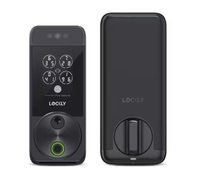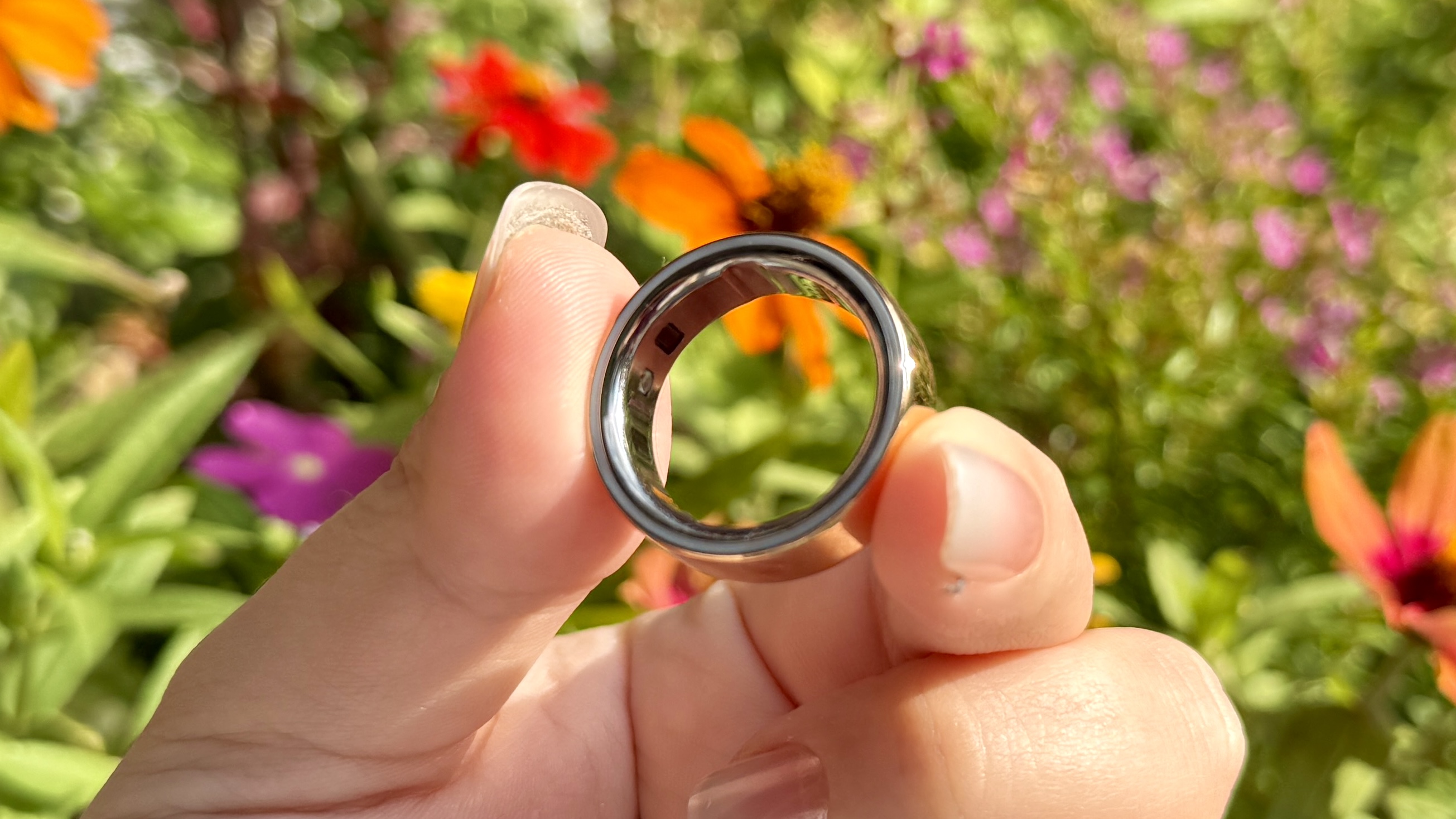I switched to this smart lock with facial recognition — and it’s a game changer
This technology is more accurate and so convenient
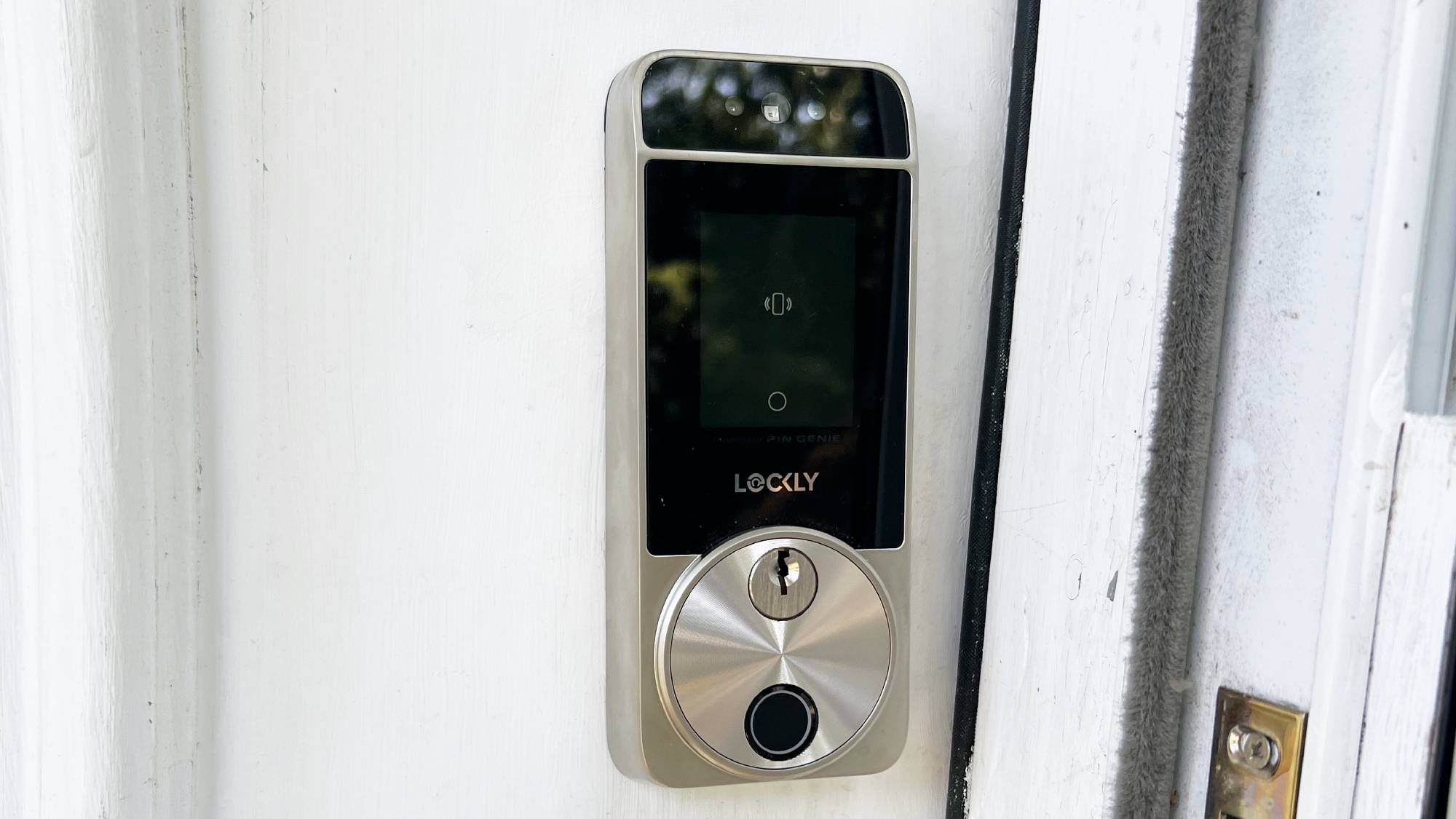
A smart lock is one of the best smart home devices you can buy. This gadget streamlines getting in or out, lets you control your entryway from anywhere using the app, and auto-locks your door so you never have to worry that you forgot. You open and lock your door at multiple points throughout the day, so why not make the process easier?
I've tested several of the best smart locks over the years—starting with the now ancient Kwikset Convert Amazon Key edition I bought for my first apartment back in 2017. While the hardware has evolved with new models that double as video doorbell cameras, the core lock functionality itself hasn't changed much. Lockly has shaken this up completely with its innovative new facial unlock method. I'd argue this is as important as the arrival of FaceID which ultimately replaced TouchID on iPhones.
Lockly Visage: now $349 @ The Home Depot
This face and fingerprint-scanning smart lock streamlines entry down to a single second. Its built-in Wi-Fi management lets you remotely lock or unlock your door no matter where you are. You can use the Lockly app to create digital keys, add user faces or fingerprints, and link the lock to your smart home.
Smart locks have always required your input
In my recent Lockly Visage smart lock review, I appreciated all of the ways you could unlock the device. From instant fingerprint access to new technology like Apple Key support, it's fully loaded with the latest advancements. Lockly is most known for its touchscreen keypad, which shifts number placements each time with its PIN Genie security feature. This ensures nobody can track smudges, follow along, or guess your code based on placement.
While PIN Genie is slick and works well here, the biometric face scanner steals the show. It may be a first for the smart lock category, but it's extremely fast, accurate, and, most importantly, secure. The thorough 3D scan ensures you can't spoof the system with digital photos or a printout over the face, and your data is private to Lockly's servers. It works so well that the system recognized me with sunglasses or in the dark without fail.
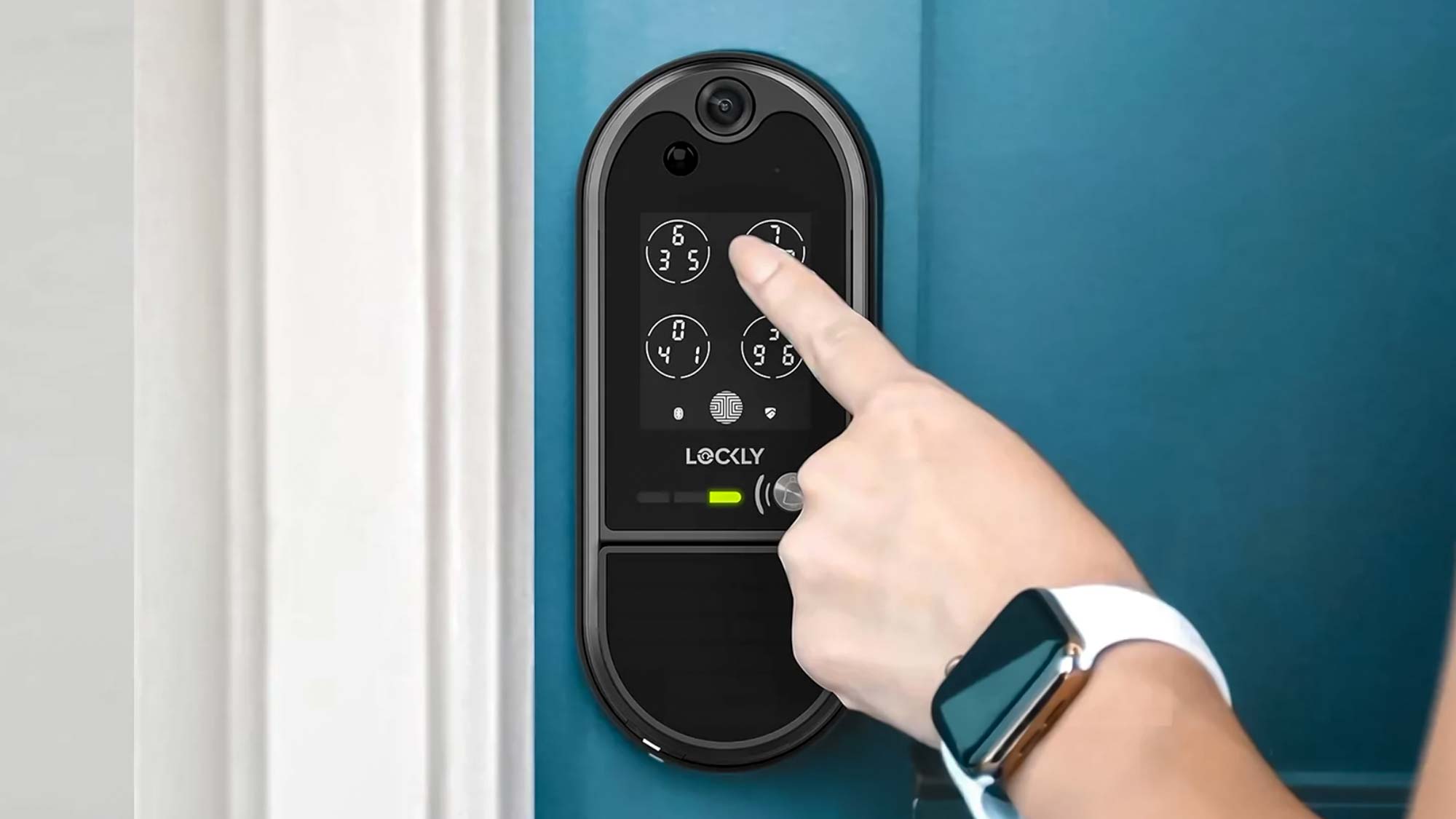
Yet all smart locks up to this point have required your interaction, whether through an external device or a press of a keypad. Some locks have supported geofencing features which track your smartphone's location to unlock the door when you arrive back on your property. But I have experienced several issues with this feature draining my phone battery and overall security. You can pass by your home and accidentally leave your door unlocked. Or the Geofencing can be hit or miss, failing to unlock the door even when in Bluetooth range. I can't tell you how many times I've fumbled packages, thinking I'd be able to elbow down the handle to my entryway just to find out the door wouldn't budge.
Hands-free is the one for me
Lockly's Face Unlock uses a mix of binocular facial recognition through two 2MP-resolution IR sensors and radar to recognize that you're approaching the door and verify it's you. This kicks off once you come within 3 feet of the lock and takes less than two seconds in my testing. It can store up to 100 face profiles, so you can have friends and family enter hands-free, too.
On a recent trip home from Costco, I had my hands and arms full — a puppy nestled under my left arm, two bags in my left hand, and my right hand gripping a piping hot rotisserie chicken. It was here that I realized how much I loved that Lockly's hands-free operation doesn't need you to have an external device nearby or touch something to function. As soon as I elbowed open my storm door, the Lockly scanned my face. The sound of the deadbolt moving was like music to my ears knowing it worked.
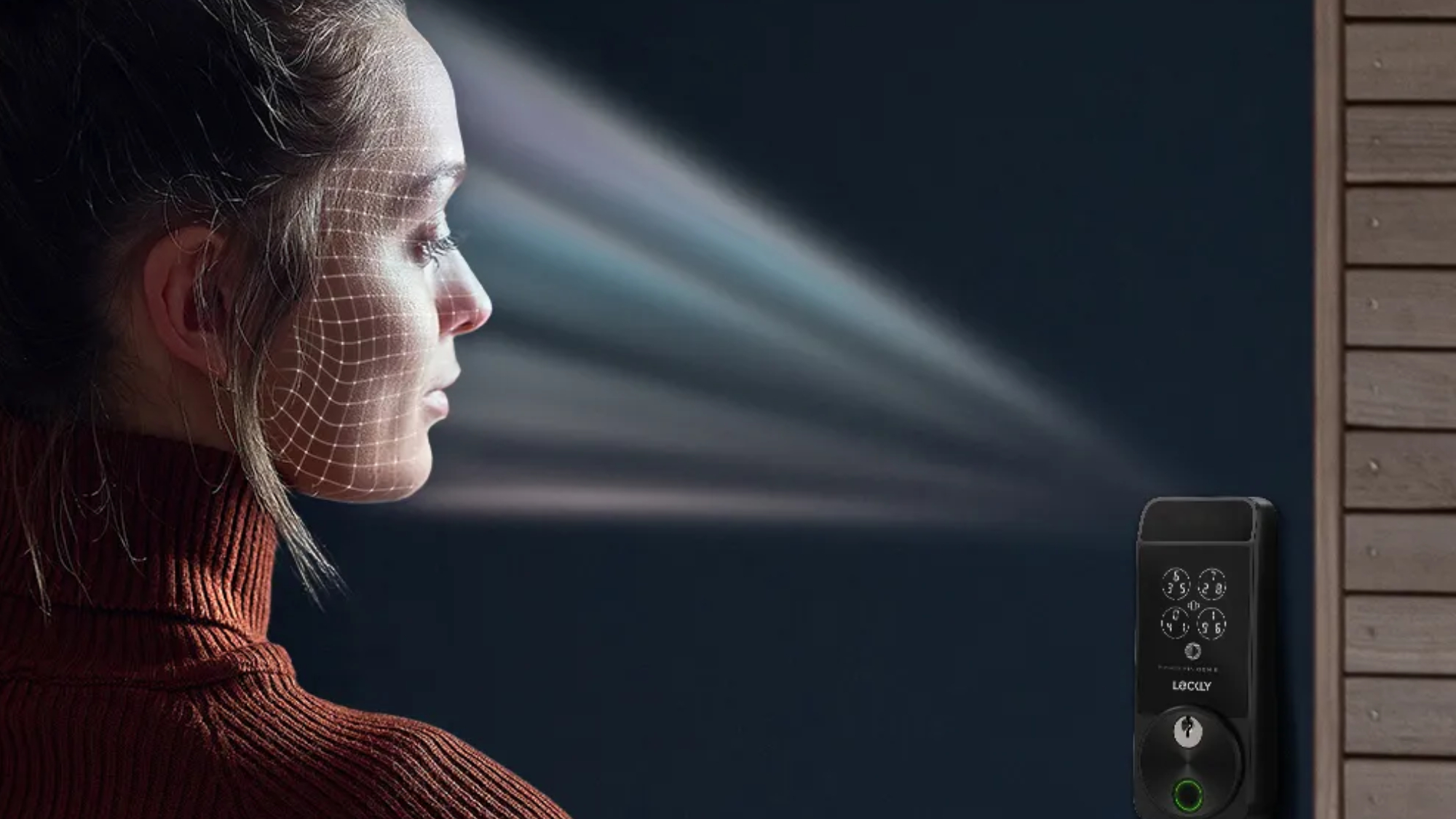
This lock takes away the dread of grocery shopping knowing that I can get more done in that initial trip into the house. There's no gamble of whether or not I'll have to put things down and fish out my phone to tap a button. Even at night with minimal overhead lighting on my porch, this lock can differentiate between me and someone else.
There's nothing draining my phone's battery and the pinpoint accuracy of the radar only goes off when motion is detected within the lock's 3-foot range. My battery happens to drain faster at 3% per day because my upstairs tenant and I are coming and going at all hours of the day. However, Lockly includes a spare battery that you can leave charged and ready to swap in so you don't have to worry about downtime.
Facial scanning is going to cost you
As the first facial scanning smart lock, Lockly charges a whopping $349. That's steep when fingerprint sensing options cost just $100. I also like the Visage's durable metal build, and while I think it should have a camera like the Eufy S330 on my back door, I prefer to use the Lockly because it feels like my door is always unlocked and ready to go without any thinking.
There's a reason Apple switched from TouchID to FaceID. Once you've experienced depth-sensing facial recognition, you find its ease and reliability are unmatched, leaving you hard-pressed to go back to anything else.
More from Tom's Guide
Sign up to get the BEST of Tom's Guide direct to your inbox.
Get instant access to breaking news, the hottest reviews, great deals and helpful tips.

Hunter Fenollol is a Senior Editor for Tom’s Guide. He specializes in smart home gadgets and appliances. Prior to joining the team, Hunter reviewed computers, wearables, and mixed reality gear for publications that include CNN Underscored, Popular Mechanics, and Laptop Magazine. When he’s not testing out the latest cooking gadgets, you can likely find him playing a round of golf or out with friends feeding his paycheck to a QuickHit slot machine. Hunter started his career as an intern at Tom’s Guide back in 2019 while in college. He graduated from Long Island University Post with a degree in Communications and minor in Advertising. He has been vlogging ever since the iPhone 4 took front-facing cameras mainstream.
